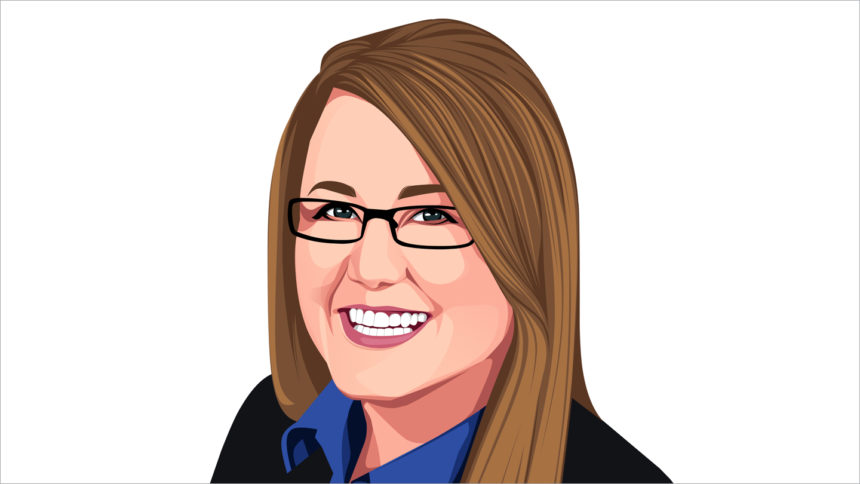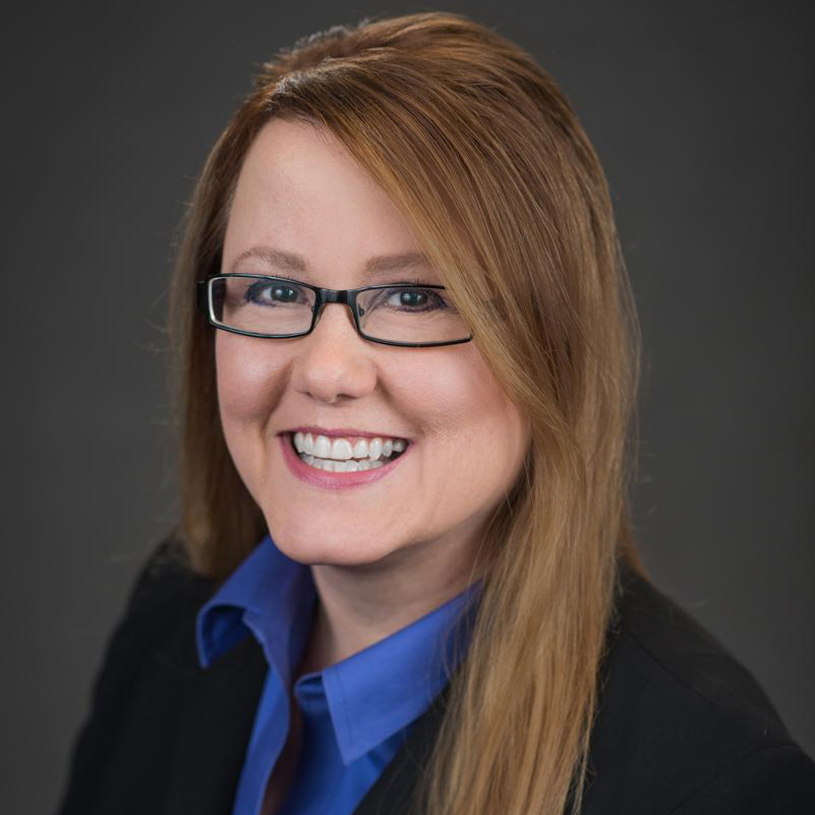

The senior living field has been preparing for the “silver wave” to hit for many years. The oldest members of the large Baby Boom generation are turning 78 this year, a few years past the lower end of the average age (75) that people move into senior living, but still a few years away from the upper end of that range (84), according to Where You Live Matters, the consumer website created by the American Seniors Housing Association.
Newly released research forecasts another coming demographic trend that operators will want to get ready for: The number of centenarians is expected to more than quadruple by 2054, according to data from the US Census Bureau analyzed by the Pew Research Center.
“Centenarians currently make up just 0.03% of the overall US population, and they are expected to reach 0.1% in 2054,” according to Pew. That percentage may not sound like much (and some of the proportion change is partially due to an expected lower birth rate), but looked at another way, the population of those aged 100 or more will grow from 101,000 this year to approximately 422,000 over the next three decades.
By comparison, look back to 1950 and only 2,300 Americans were centenarians, Pew pointed out, citing Census data. What a difference!
Exactly what can senior living expect? It’s difficult to say for sure. Other changes involving older adult health, medical advances and related issues may be in store as well.
But it’s easy to imagine an increased length of stay for the types of individuals who typically are moving into senior living communities now. Or, the average move-in age range may be pushed higher — some older adults currently are able to stay in their homes until they pass away, but as life spans increase, they may age to a point at which they need the services and care found at a senior living community.
Prepared operators should have new opportunities.
It’s worth noting that many baby boomers will be part of this demographic trend, too — they will be aged 90 to 108 in 2054. So maybe this trend simply will represent a progression of the wave, at least at first.
One thing is certain: While preparing to meet the needs and wants of baby boomers today, operators will need to start thinking about how to evolve to serve those boomers, and the generations that come after them, as more of them live more than 10 decades.
Lois A. Bowers is the editor of McKnight’s Senior Living. Read her other columns here. Follow her on X (formerly Twitter) at Lois_Bowers.

